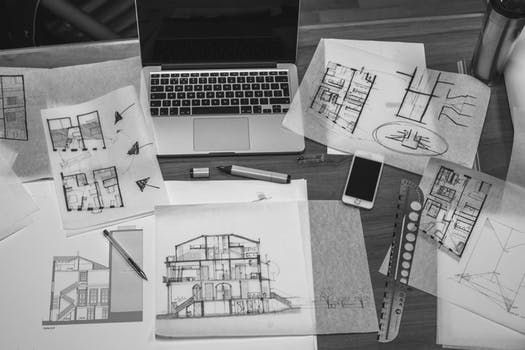submitted by Kenney Payne, AIA, LEED AP BD+C
Mods. Otherwise, known as code modifications. They can be found in the 2012 Virginia Construction Code Section 106.3 (text included below). They have been utilized successfully in the past and will continue to be used successfully in the future.
Mods. However, as an architect, this can be a “four-letter word” and architects should consider them only as a last resort – and then, it should only be initiated by the owner, at the owner’s direction, and on the owner’s letterhead.

Mods. What’s the problem? Professional liability insurance companies may not insure (or pay out any damages) a design that includes a code modification as it may be deemed a “contractual liability” that is excluded from their policy. In other words, if the damage(s) can be traced back to the code modification as the cause of the damages (regardless of whether the architect obtained a building official’s approval for a code modification), the insurance company (or the attorney) may ask, “Why didn’t you just follow the original code language? By designing around a code modification, you (the architect) chose to ignore the original code language and take it upon yourself to design something differently that led to these damages.” An architect could opine that mods are allowed per the building code (which they are) and thus the design was “per the code.” However, you can hear the attorney and/or insurance company saying, “Well, apparently in, his case, the code modification did not provide that assurance of health, safety, and welfare, and had you followed the original code language, this may never have happened.”
Mods. They are an integral part of the building code and should remain so. Building officials who allow mods should be applauded for allowing the architect (or owner) another option to achieve their results and keep the project moving. Just recognize that mods may not be so easy for an architect to accept or pursue and may not always be the answer to ambiguous code provisions.
♫ ♫ “From the early, early mornin’ till the early, early night; You can evaluate Miss Mod-dy till they get it get it right!” ♫ ♫
Kenney Payne, AIA, LEED AP BD+C
Representing AIA Virginia
106.3 Issuance of modifications. Upon written application by an owner or an owner’s agent, the building official may approve a modification of any provision of the USBC provided the spirit and functional intent of the code are observed and public health, welfare and safety are assured. The decision of the building official concerning a modification shall be made in writing and the application for a modification and the decision of the building official concerning such modification shall be retained in the permanent records of the local building department.
Note: The USBC references nationally recognized model codes and standards. Future amendments to such codes and standards are not automatically included in the USBC; however, the building official should give them due consideration in deciding whether to approve a modification.
106.3.1 Substantiation of modification. The building official may require or may consider a statement from an RDP or other person competent in the subject area of the application as to the equivalency of the proposed modification. In addition, the building official may require the application to include construction documents sealed by an RDP.
106.3.2 Use of performance code. Compliance with the provisions of a nationally recognized performance code, when approved as a modification, shall be considered to constitute compliance with this code. All documents submitted as part of such consideration shall be retained in the permanent records of the local building department.

